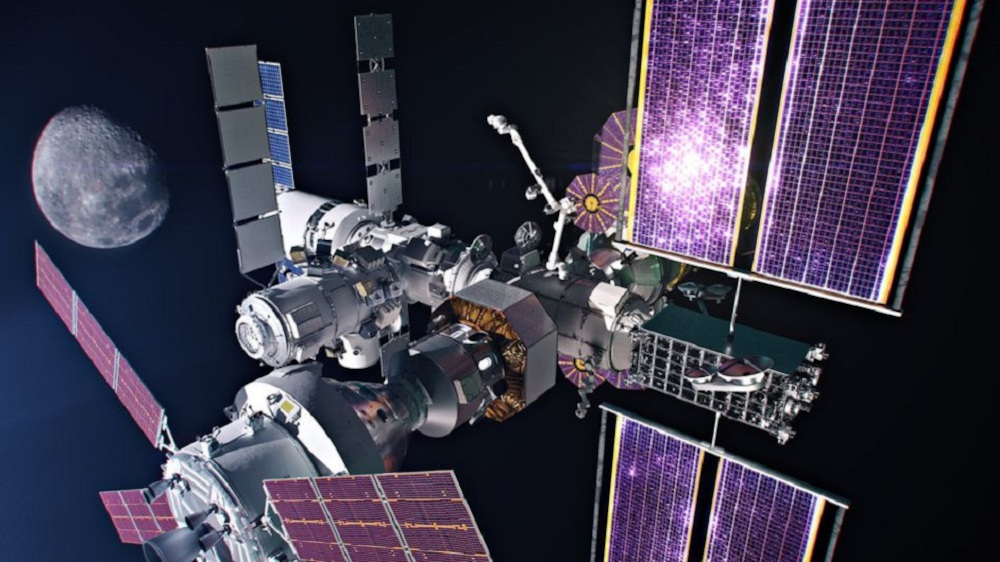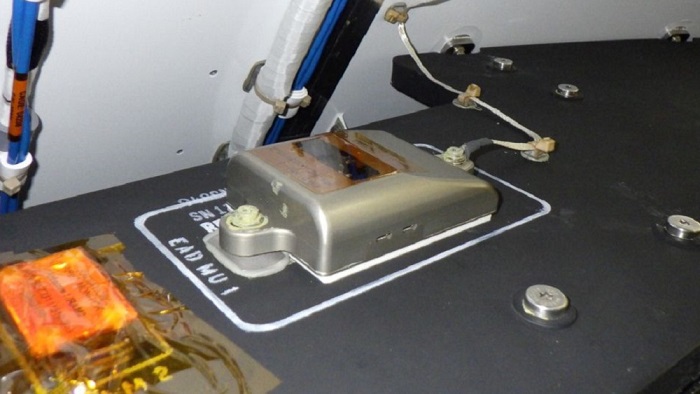European astronauts will monitor their radiation exposure with Finnish ASRO's measuring devices

Aboa Space Research Oy's (ASRO) radiation monitors traveled towards the Moon at the end of 2022 aboard NASA's Orion spacecraft, collecting data on space radiation conditions. ASRO plans to focus its activities particularly on the further development of radiation measurement devices and the microscopic technology needed in space.
Technology company ASRO, specializing in space measurement devices, has started a new project aimed at developing further the ESA Active Dosimeter (EAD) radiation monitors used in NASA's Artemis program. In the development project that is now starting, portable versions of the monitors will be progressed.
"We are proud that we were the only Finnish equipment supplier whose technology was used on the first Artemis flight. The data collected by our EAD monitors provided certainty to space organizations that the Orion passenger module is safe for future manned lunar missions", says ASRO's CEO Jussi Lehti.
The next step in radiation measurement
On the first Artemis flight, the Orion spacecraft was launched with five ASRO EAD radiation monitors attached to its walls. The monitors will next be utilized on the Lunar Gateway space station, part of the next phase on Artemis program, which is designed to be a permanent base in the lunar orbit.
ASRO has been making EAD devices in collaboration with the German space agency DLR for over ten years. In this project, ASRO is the main contractor and DLR the subcontractor, whereas previously ASRO has been in the subcontractor role.
In the newly started project, portable versions of the EAD radiation monitors will be developed to be carried by astronauts, attached directly to their spacesuits. These phone-sized devices will have improved battery life and additional features such as wireless data transmission.
Devices developed by ASRO are used to ensure the safety of European astronauts in space, both on the International Space Station and on future Artemis program flights to the Moon. The radiation measurement devices are provided to astronauts through ESA.
The long-term goal of the Artemis program is to prepare for manned Mars missions.
"It is truly amazing that we can also be part of the continuation of the Artemis program, which can take humankind further than ever before. Radiation is a significant threat to humans on space missions. Accurate information about space radiation is needed for success, so that astronauts can survive in exceptional conditions", Lehti continues.

Biological research in space
In addition to radiation monitors, ASRO focuses particularly on the development of its Mini Fluorescence Microscope. The miniature microscope enables real-time imaging of biological samples in space. It is expected to have the same functionality as a desktop microscope.
"Currently, biological research in space is mainly done by studying samples on Earth, sending them to space, and re-examining them after their return. The microscope provides much more real-time information about the samples' reactions in space. Technology has many applications, for example in medicine and drug development", says ASRO's Product Manager Kiira Tiensuu, who is responsible for the microscope's development.
The microscope is being developed in ESA's technology development program, and its first flight to space is scheduled for 2026. In the future this technology can be utilized, for example, on commercial space stations and also on Earth in locations where measuring devices need to be brought to the sample in sensitive environments.
"The radiation monitors and microscope we have developed can support each other in research use. The monitors provide information about the radiation environment, and the microscope can image the effects of radiation on cells."
New markets in Earth's orbit
ASRO is a unique player in its field in Finland, but space-related business itself is on the rise. There are companies in Finland that develop technology for remote sensing, i.e., imaging the Earth, and the Finnish space industry is currently experiencing strong boom.
ESA and NASA have shifted their focus to the conquest of the Moon and planning Mars missions. Additionally, the operation of the International Space Station is expected to end in 2030, after which commercial solutions will take its place. However, the space industry is globally on the rise.
"Services related to low Earth orbit operations and satellites will increasingly be purchased from commercial operators in the future. Our goal, in addition to current projects, is to grow our business with radiation measurement solutions and microscopic solutions for the space environment, so the future of space technology looks promising for ASRO", Lehti summarizes.
Additional information:
Product Manager Kiira Tiensuu, Aboa Space Research Oy, +358 50 406 3197




